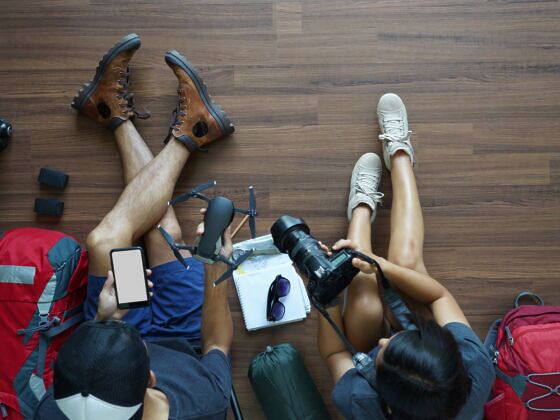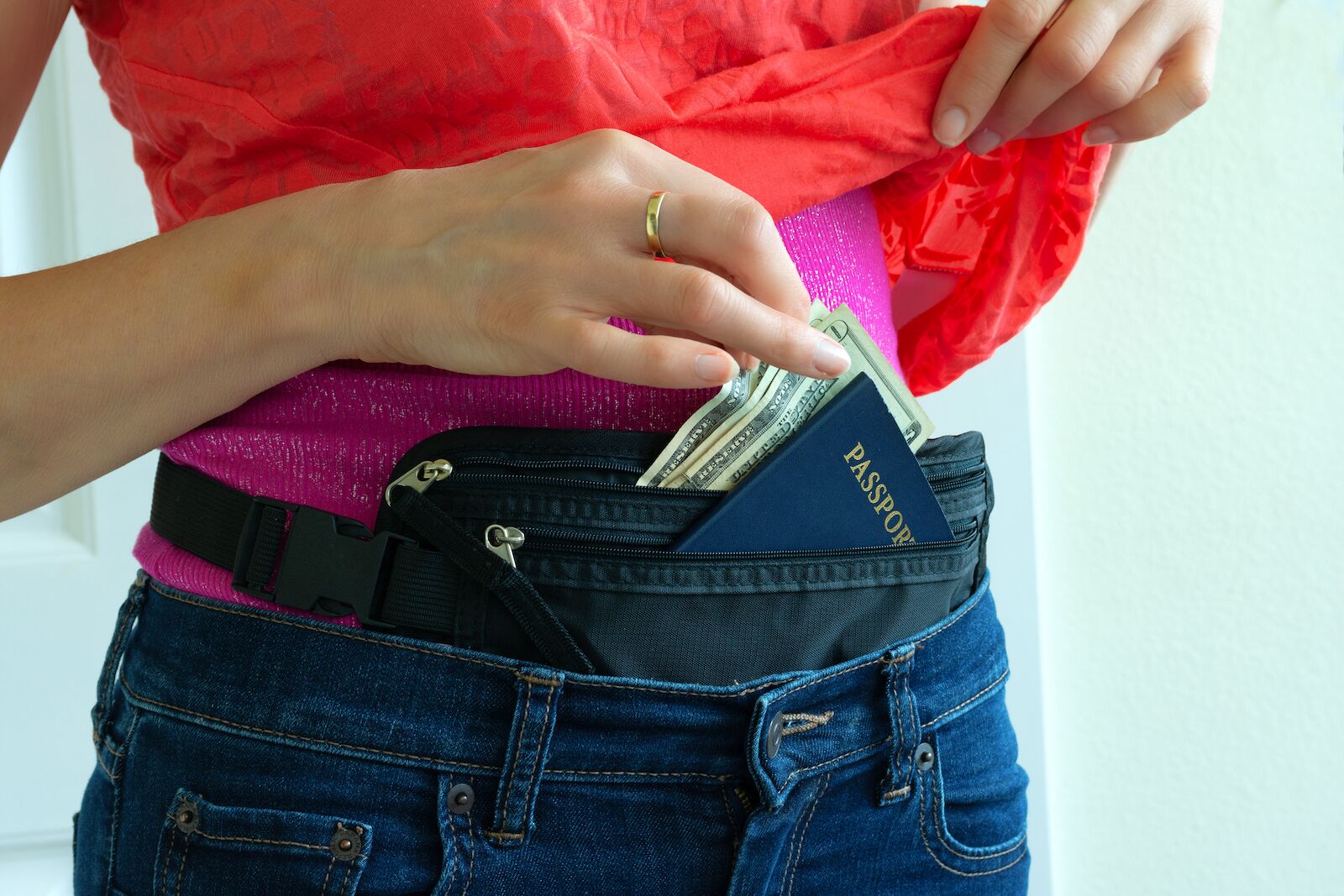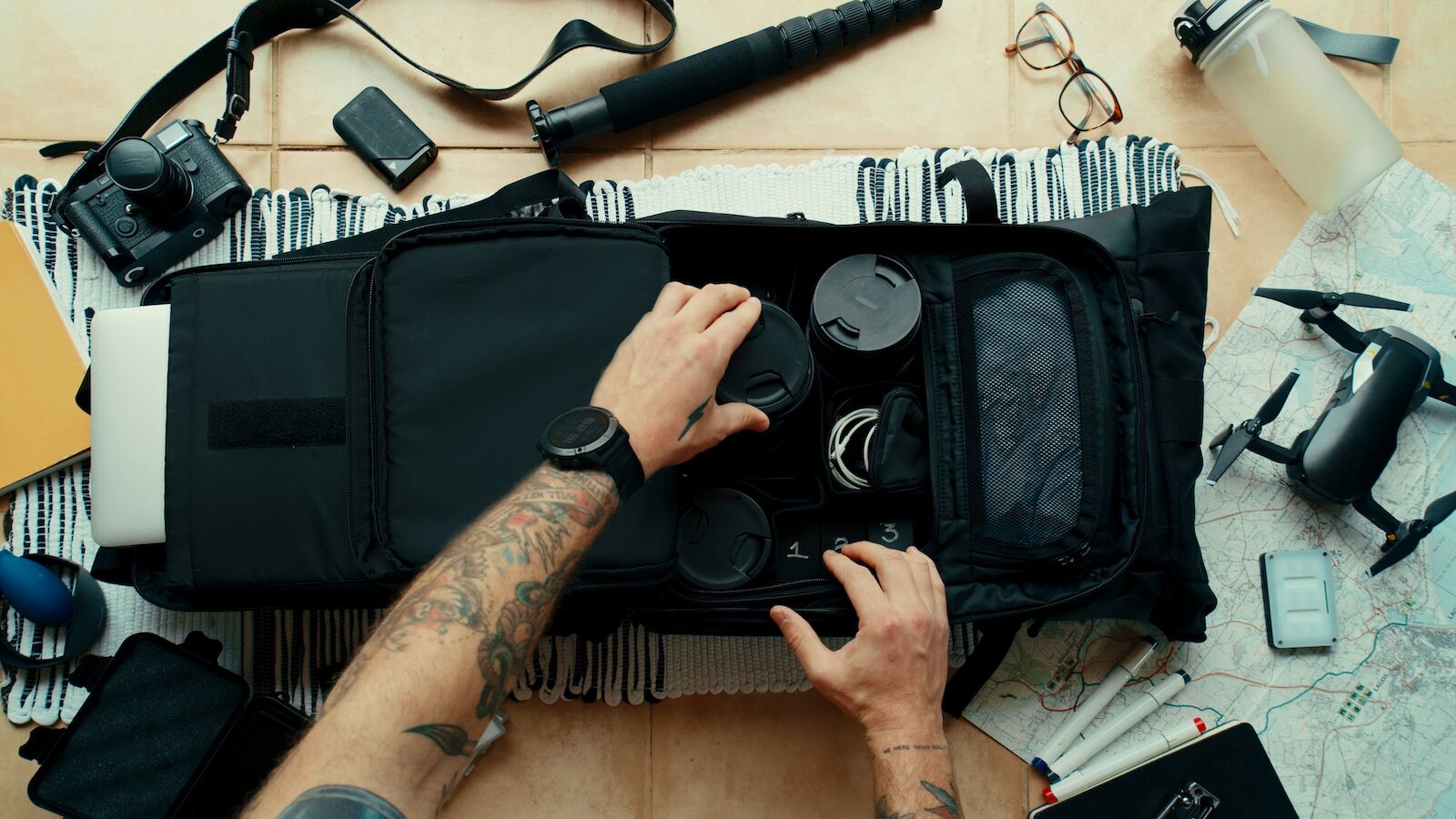It’s no fun worrying about your stuff. Whether you’re concerned about camera gear, money, or passports, taking extra steps to protect your valuables when traveling is highly recommended.
I am a seasoned travel filmmaker who logs miles and miles on the road each month. Over the years, I’ve learned the hard way how to protect my valuables. From packing strategies to insurance, to device tracking and common sense, here are some of the precautions that I, a professional traveler, use to keep my valuables safe while traveling.


